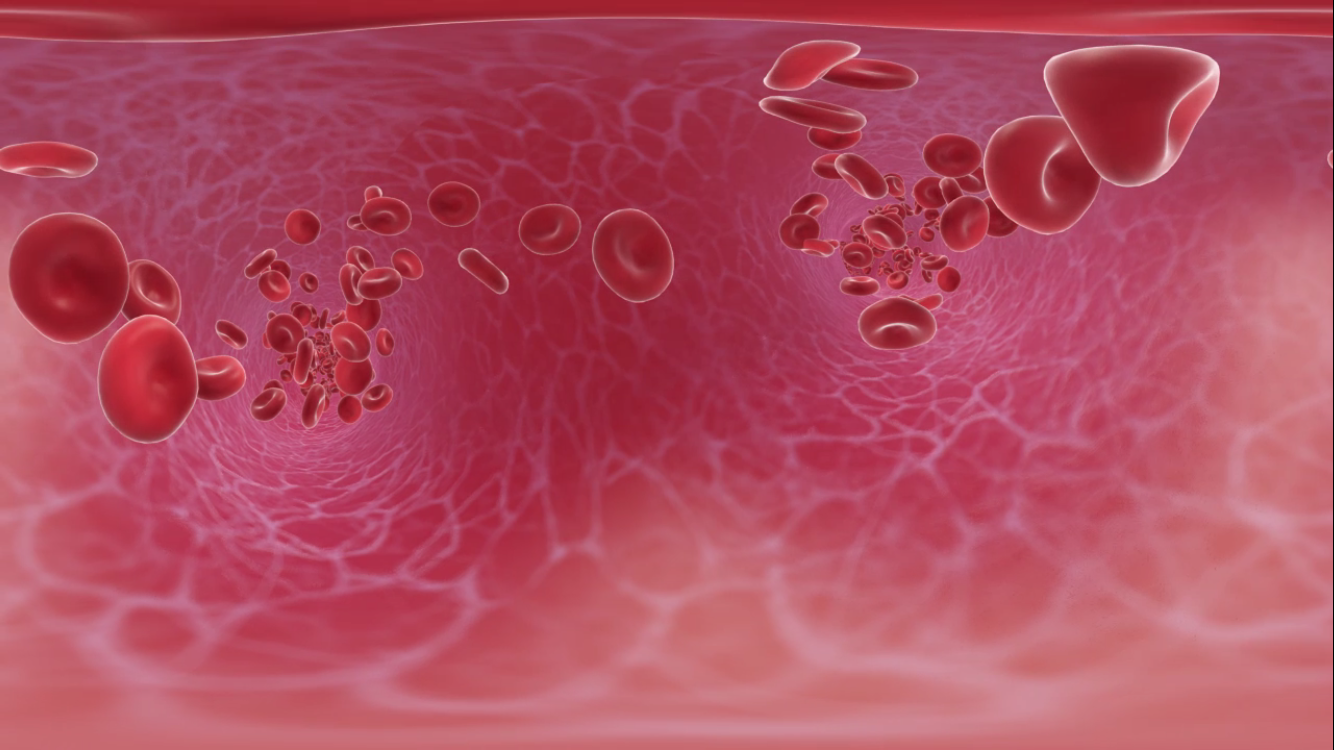
‘Whole blood’ donation, though most common, isn’t the only kind of blood donation that exists. There are quite a few variations to this noble deed: Double Red Cells Donation, Platelet Donation, Plasma Donation.
Platelets are a vital element of cancer, cardiac surgeries, and organ transplant treatments as they help prevent massive blood loss and, hence, sustain the patients throughout their treatment/recovery. However, since platelets have a shorter shelf-life than whole blood (5 days), platelet transfusions are needed more frequently.
Plateletpheresis is the process of Platelet donation in which the platelets are separated from rest of the blood components and the plasma and red blood cells are returned back to the donor’s body.
Before we discuss Platelet donation further, here are some key facts:
- Over 1 million platelet transfusions are given to patients in need each year.
- Every 30 seconds someone in the U.S. needs platelets.
Platelet Donation vs Blood Donation
- Platelets can only be donated at select American Red Cross Donation Centers and it requires an appointment. They cannot be given at a regular blood drive.
- Both arms are used during a platelet donation. This is because blood is drawn from one arm then the platelets are extracted using a machine, and the remaining blood components are returned to you through the other arm. The overall process of platelet donation is completed in three hours.
- A smaller needle is used for a platelet donation compared to the one used for traditional whole blood donation so some donors find it to be more comfortable.
- In one round of platelet donation you can provide an equivalent to what would normally be collected from up to five whole blood donations. Some platelet donations even yield platelets enough for 2-3 patients.
- Unlike blood donation that can be done to a maximum of 6 times a year, platelet donation can be carried out up to 24 times a year.
Process of Platelet Donation:
- Blood is drawn from the arm and made to enter a machine called a blood cell separator where it is rapidly spun, forcing the platelets to separate from the other blood components. These cells then go into a sterile, single-use plastic bag.
- Meanwhile, the rest of the blood (composed of plasma, red cells and white cells) is returned back to the patient’s body via the other arm.
- This cycle is repeated several times. A single donation of platelets often constitutes several transfusable platelet units.
- The collected platelets are then tested and delivered to the hospital. Their transfusion occurs within 3 days of donation.
Some Key Guidelines…
Eligibility requirements for platelet donation are the same as a whole blood donation. As long as you meet the minimum requirements for donating whole blood you may be able to donate platelets. However, there are some special instructions:
- Avoid consuming aspirin or its products for at least 48-72 hours prior to your appointment.
- Recently, it has been discovered that women post pregnancy are likely to carry antibodies that may cause post-transfusion complications for blood and platelet recipients. Therefore, donors who are positive for antibodies may be advised a whole blood or double red cell donation.
- For people with AB blood type (Only 4% of the U.S. population has type AB blood) platelet donation is the second best option after plasma donation. Platelets and plasma can be donated at the same time. These people are the universal plasma donors.
Blood Donation: Things To Know
Whole blood donation is the most common type of donation wherein the blood is separated into transfusable blood components – red cells, plasma, platelets and/or cryoprecipitated AHF. During plasma donation, on the other hand, the blood is collected by a machine, which separates the plasma, red cells and platelets and returns the red cells and/or platelets back to the donor. Read More..








